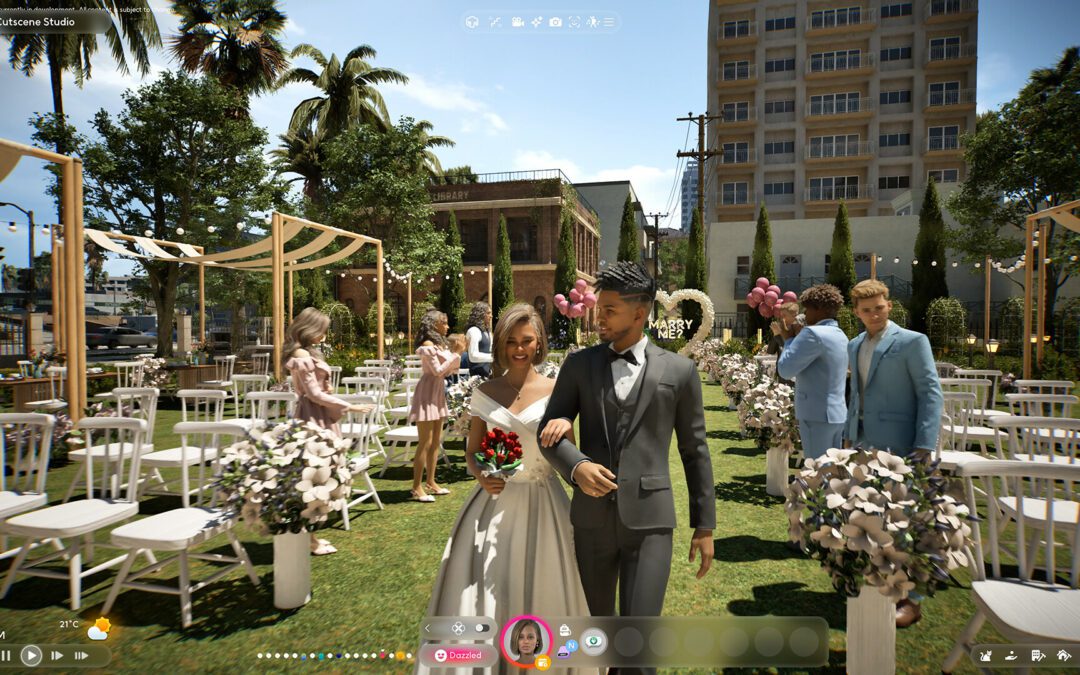Introduction: The Return of the Metaverses
In the vast landscape of virtual worlds, a new star is emerging on the horizon, promising to revolutionize how we interact online. Inzoi, with its recent limited release of the character studio, has captured the attention of many, including veteran Second Life users. This renewed interest in social virtual reality platforms raises intriguing questions about the future of metaverses and Inzoi’s potential to challenge Second Life’s longstanding dominance.
Launched in 2003 by Linden Lab, Second Life has stood the test of time, maintaining a loyal user base despite technological evolution and the emergence of new platforms. For nearly two decades, it has offered a virtual space where users can create, socialize, and even earn money in a parallel digital world. On the other hand, Inzoi presents itself as a new frontier, promising to take the virtual world experience to a higher level with cutting-edge technologies and a fresh approach to the concept of a metaverse.
The announcement of Inzoi’s character studio has sparked a wave of excitement and speculation. Second Life users, always on the lookout for new immersive experiences, have shown particular interest in this new platform. But what makes Inzoi so attractive? And how does it align or differentiate itself from what Second Life has offered for years?
In this article, we will deeply explore the similarities and differences between these two virtual world platforms. We will analyze five key aspects that Second Life and Inzoi share, offering users similar experiences in terms of creativity, socialization, and immersion. At the same time, we will examine five distinctive elements that could position Inzoi as a potential game-changer in the industry.
But the most intriguing question remains: does Inzoi have the potential to compete with and possibly surpass Second Life? Or is there room for both platforms in an ever-expanding market? To answer these questions, we will conduct a thorough analysis of Inzoi’s features, business model, and potential market impact.
This comparison will not only help us better understand the current dynamics of the metaverse industry but also offer a glimpse into the future of online social interactions. As the real and virtual worlds continue to intertwine more closely, platforms like Second Life and Inzoi will play a crucial role in shaping how we live, work, and play in cyberspace.
Prepare for a journey through digital worlds, where imagination is the only limit and where the future of human relationships might already be in the process of being coded. Welcome to the clash of titans: Second Life vs. Inzoi.
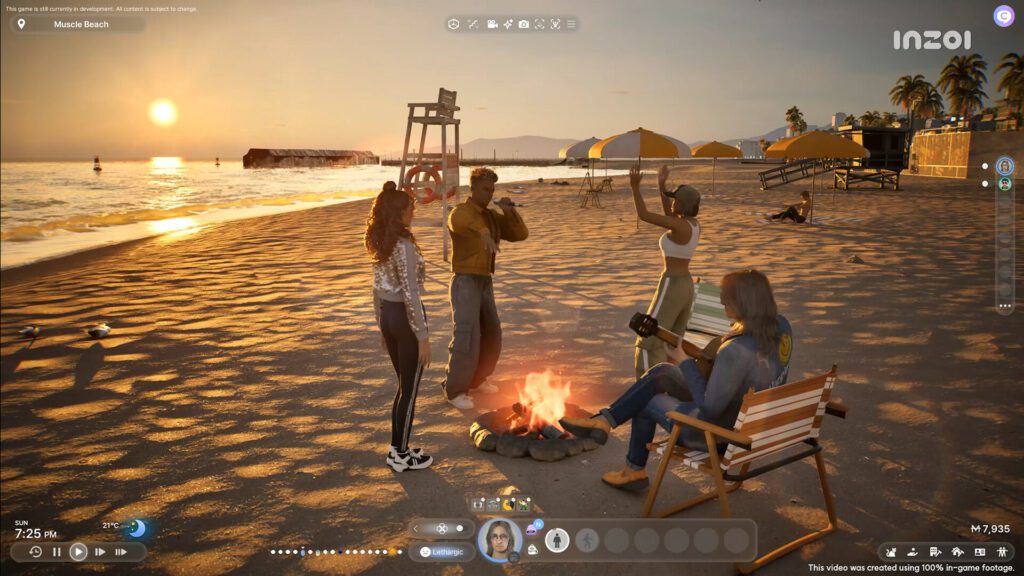
5 Aspects That Second Life and Inzoi Share
1. User-Generated Content Creation
Second Life and Inzoi are both built on a shared principle: the freedom to create and customize. Both platforms offer users powerful tools to build unique environments, objects, and avatars. In Second Life, this philosophy has led to a vibrant virtual economy, where users not only design but also sell their content. Inzoi appears to be following this path, with its character studio allowing users to craft highly detailed and personalized avatars. This emphasis on user-generated creativity creates a personalized and engaging experience, which is one of the fundamental pillars of success for both virtual worlds.
2. Immersive Social Interaction
Socialization is at the heart of both virtual worlds. Second Life is famous for its dynamic communities, where users can interact through chat, events, and collective activities. Inzoi, with its focus on realistic avatars and detailed environments, promises to elevate these interactions to a new level, enabling users to connect in even deeper and more meaningful ways. The ability to create authentic relationships in a digital environment is a feature that unites the two platforms, making them attractive to those seeking an escape from reality without sacrificing human interaction.
3. Virtual Economy and Earning Opportunities
One of Second Life’s most distinctive aspects is its virtual economy, where users can buy, sell, and trade digital goods using virtual currency (Linden Dollars), which can be converted into real money. Inzoi seems poised to follow this route by introducing mechanisms that allow users to monetize their creations. This economic element not only adds depth to the gaming experience but also provides real opportunities for digital entrepreneurs to earn a living through their activities in the metaverse.
4. Avatar Customization
Both Second Life and Inzoi offer a high level of avatar customization, an aspect that is crucial for users’ identity within the metaverse. In Second Life, users can modify every aspect of their avatar, from clothing to physical features, to behaviors. Inzoi, with its advanced character studio, seems set to take this customization to an even more detailed level, allowing users to create digital representations that accurately reflect their identity or fantasies. This attention to detail strengthens the sense of belonging and individuality in the virtual world.
5. Support for Communities and Events
Virtual platforms are only as lively as the communities that inhabit them. Second Life has a long history of user-organized events, from parties to conferences, making the platform a meeting place and cultural exchange hub. Inzoi also seems to promote an environment where communities can thrive, with tools that facilitate the organization and participation in virtual events. This support for social activities is essential to maintaining an active and engaging platform in the long term.
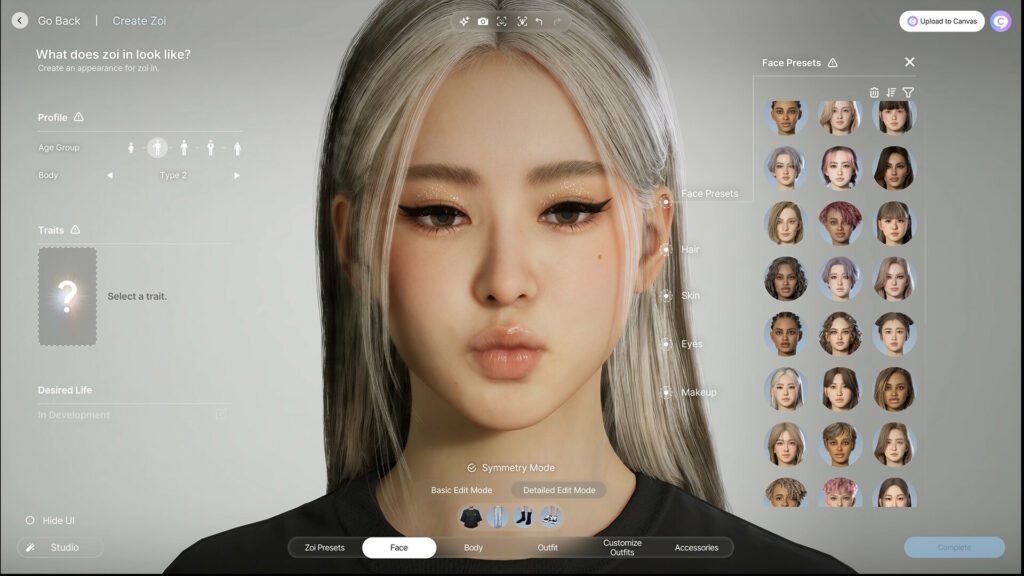
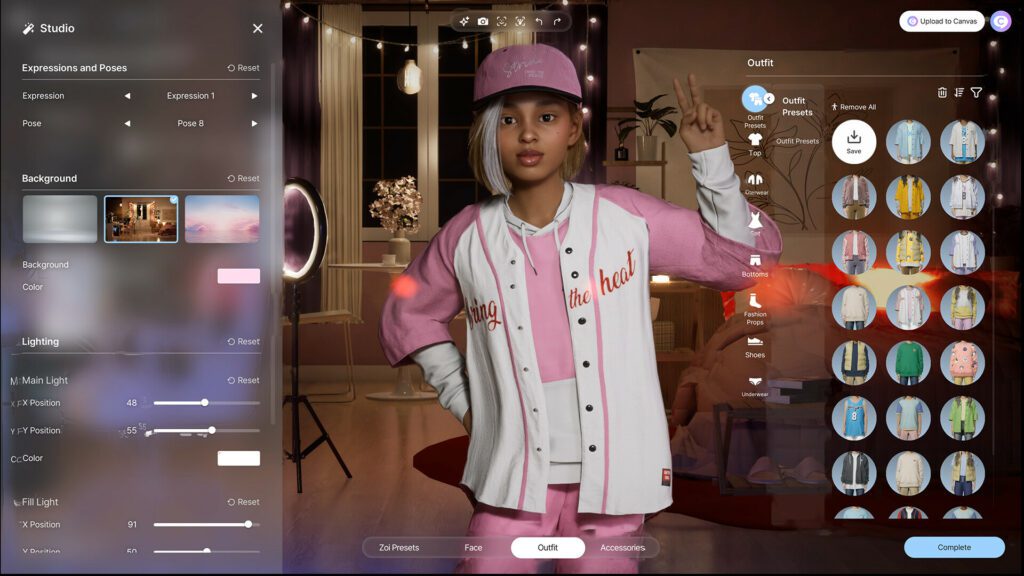
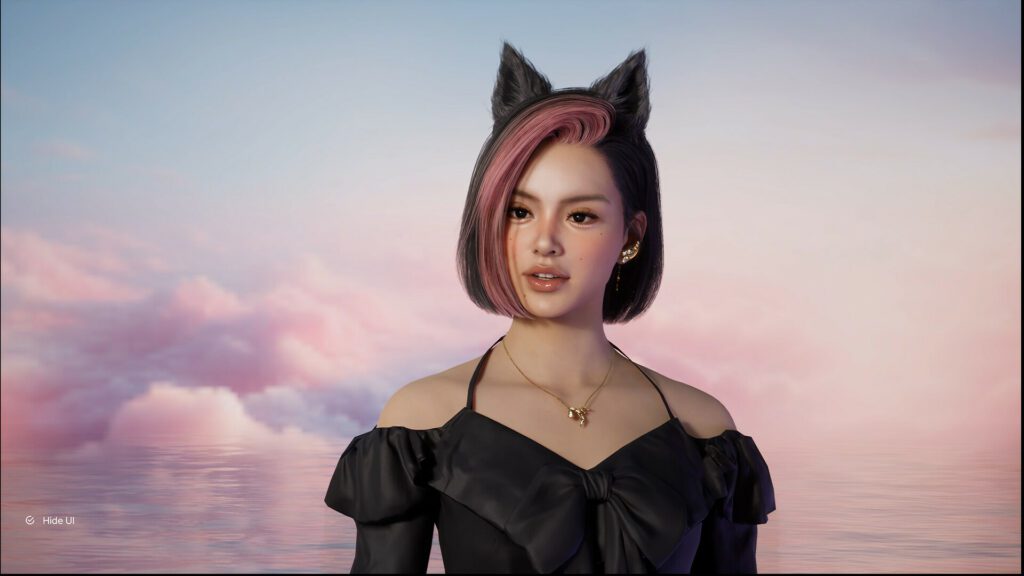
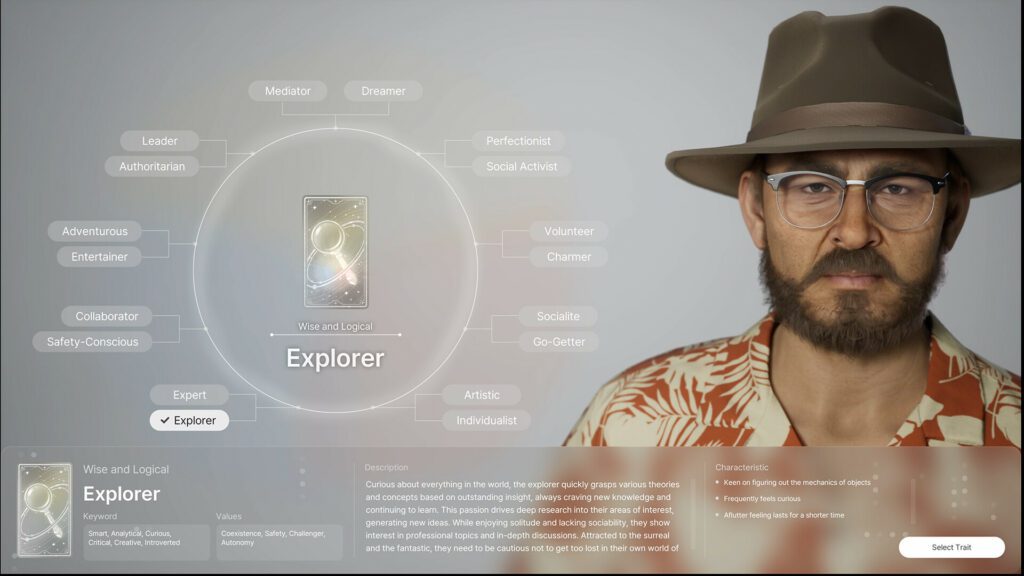
5 Aspects That Differentiate Second Life and Inzoi
1. Graphics Engine and Visual Quality
One of the most obvious differences between Second Life and Inzoi is visual quality. Second Life, despite having undergone updates over the years, remains graphically limited compared to modern standards. Inzoi, on the other hand, presents itself as a next-generation platform with an advanced graphics engine that promises near-photorealistic environments and avatars. This difference is not only aesthetic but also significantly impacts immersion and the platform’s ability to attract a more visually demanding audience.
2. Supporting Technology and Accessibility
Second Life is known for requiring significant hardware and internet resources, making access difficult for users with less powerful devices. Inzoi seems to have taken note of these limitations, developing a platform that, while offering advanced graphics, aims to be more accessible through better optimization and broader device compatibility. This could make Inzoi a more attractive choice for users with modest hardware setups.
3. Integration with Augmented Reality and Virtual Reality
While Second Life has explored limited integration with virtual reality, Inzoi seems intent on fully embracing this technology, positioning itself as a platform that natively combines augmented reality (AR) and virtual reality (VR). This difference could be a game-changer, offering users an unprecedented immersive experience, transforming how they interact with the virtual world. If Inzoi can effectively implement these technologies, it could surpass Second Life in terms of innovation and appeal to more technologically advanced users.
4. Monetization Model and Access
Second Life has a free-to-access model but with numerous in-game purchase options and premium subscriptions that offer extra benefits. Inzoi, at the time of launching its character studio, has not yet fully clarified its monetization model, but indications suggest it may adopt a different approach, perhaps with a greater focus on microtransactions or more structured monthly subscriptions. This difference in business model could significantly influence which platform will prove more sustainable and attractive in the long term.
5. Thematic Orientation and User Target
Second Life is known for its wide range of thematic experiences, from fantasy worlds to modern urban simulations, reflecting the diversity of its users. Inzoi, on the other hand, seems to have a more specific focus on a futuristic and high-tech vision of the metaverse. This orientation could attract a different audience, more interested in innovative and futuristic experiences than that of Second Life, which includes a more diverse community tied to well-established experiences.

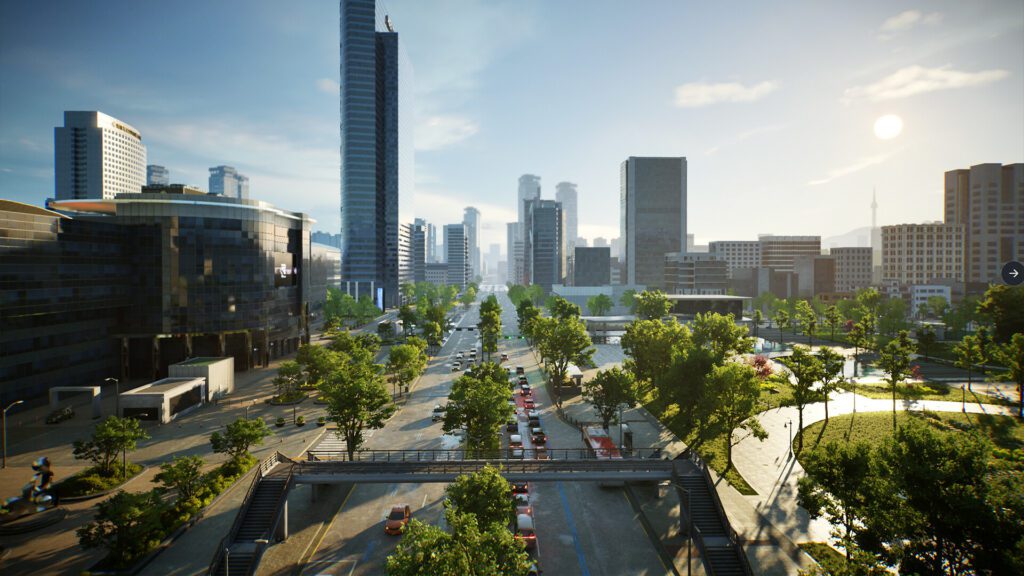
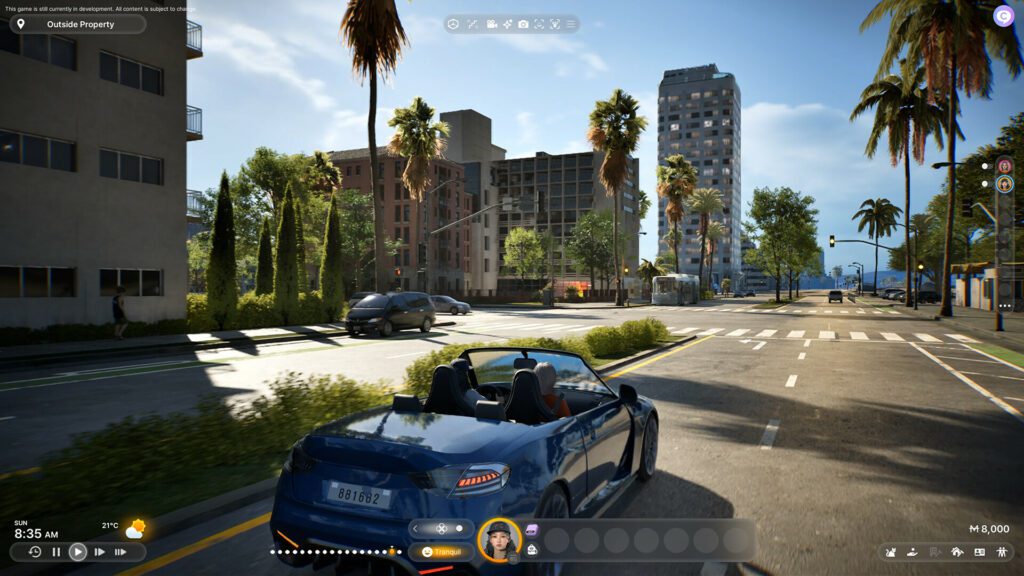
Inzoi: A Competitor for Second Life and The Sims?
Inzoi’s Potential as a Competitor to Second Life
The crucial question is whether Inzoi truly has the potential to compete with a giant like Second Life, which has dominated the virtual world sector for nearly two decades. To answer this question, several factors need to be considered, including market maturity, technological innovation, and the loyalty of existing users.
Market Maturity and User Loyalty
Second Life has built a loyal user base over the years, which is difficult to pull away. Second Life users have invested time and resources into the platform, creating content and developing deep social relationships. Inzoi, as promising as it is, will have to work hard to attract these users by offering not only technical innovations but also an ecosystem that supports a smooth and incentivizing transition.
Technological Innovation as a Key Factor
Inzoi could stand out thanks to its advanced technology, but more than a powerful graphics engine will be needed to compete effectively. The platform must demonstrate its ability to support a wide range of experiences, from content creation to virtual commerce, smoothly and accessibly. In this sense, integrating technologies like virtual and augmented reality could be a competitive advantage if implemented correctly.
Business Model and Sustainability
Inzoi’s business model will play a crucial role in determining its ability to compete. If it can balance accessibility with a monetization system that encourages participation and content creation, it could have a real chance of carving out a market niche or even challenging Second Life’s dominance in the long term. However, Inzoi’s success will depend on its ability to attract not only new users but also content creators and communities already established in Second Life, offering them a compelling reason to migrate or expand their presence in the new metaverse.
Comparison with The Sims: Another Potential Competitor?
In addition to Second Life, Inzoi could also position itself as an alternative to The Sims, another highly successful social simulation platform. While The
Sims focuses more on simulating life and relationships within a single context, as opposed to the vast social and creative environment of a metaverse, Inzoi could attract those Sims users looking for a more open and interactive experience, with greater creative freedom and social opportunities.
Flexibility and Creative Freedom
The Sims offers a game structure that, while detailed and broad, remains limited by preset rules and objectives. Inzoi, like Second Life, presents itself as a freer platform where users can not only build their world but also establish their rules and narratives. This difference could make Inzoi a preferred choice for users who want to experiment with total control and more direct interaction with other players, going beyond personal simulation and embracing a true virtual life experience.
The Evolution of Virtual Socialization
Lastly, another point of comparison is the evolution of virtual socialization. While The Sims offers interactions managed by artificial intelligence within a controlled world, both Second Life and Inzoi allow real interactions between users. This authentic connection is one of the driving forces behind the success of metaverses and could be a significant advantage for Inzoi if it can capitalize on these social dynamics in new and innovative ways.

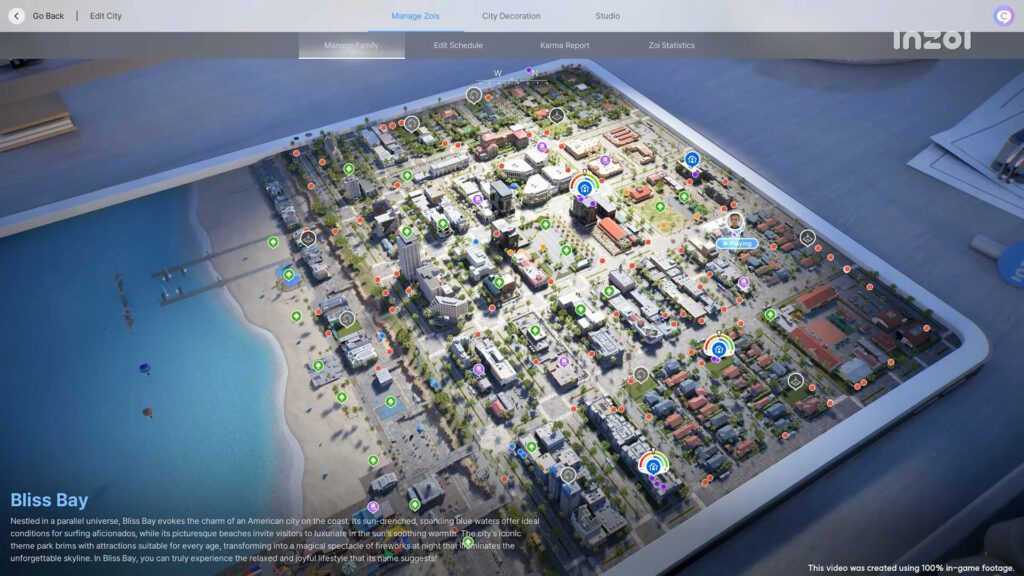
Conclusion: Can Inzoi Truly Compete?
Inzoi certainly has all the makings of a valid competitor for both Second Life and The Sims. Its ability to attract users will depend on the combination of technological innovations, accessibility, and building a robust economic and social ecosystem. Although the path to success is not without challenges, the potential to set a new benchmark in the virtual world landscape is certainly present.
Second Life, with its established history and loyal user base, will not be easily dethroned, but competition could push both platforms to further innovate, benefiting the entire industry. Inzoi has the opportunity to redefine what it means to live and create in a virtual world, but only time will tell if it can leave a mark as deep as that of Second Life.
Sign up for our newsletter now!

